Historic milestone of a successful trial train run at Chenab Bridge: World's Highest and Longest Steel Arch Railway




Sources: wsp.com, business-standard.com
Want to read more like this story?
World's highest railway bridge to open in J&K
Mar, 29, 2023 | NewsWith the upcoming opening of the tallest railway bridge in the world crossing the Chenab River, Jam...
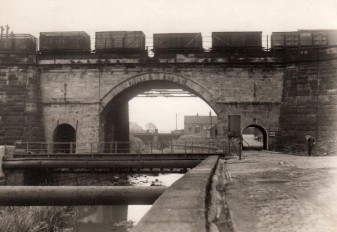
Iconic bridge in England receives repair works
Sep, 24, 2020 | NewsThe world's oldest operative railway bridge has recently undergone repair works. The fabled Skern...
India’s Longest Steel Bridge, Mahatma Gandhi Setu: All Set To Fully Open For Traffic on June 7
May, 30, 2022 | NewsMahatma Gandhi Setu in Bihar, considered as the longest steel bridge of the country, will open for...
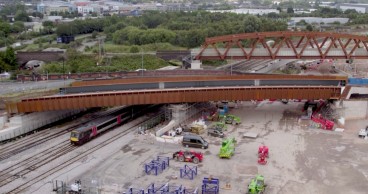
Innovative Engineering Brings Aston Church Road Bridge to Its Final Position
Aug, 16, 2024 | NewsIn a significant achievement for Birmingham's infrastructure, a new 84-metre composite bridge was s...
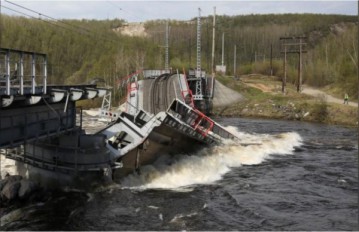
Railway bridge collapse in Russia
Jun, 09, 2020 | NewsA railway bridge collapse in the port of Murmansk, Russia, has halted all railway transportations....

A New Icon of Infrastructure is Set to Open Soon: Inside China’s Tallest Bridge
Apr, 11, 2025 | NewsIn the heart of China’s mountainous Guizhou province, a new icon of civil engineering is preparing...
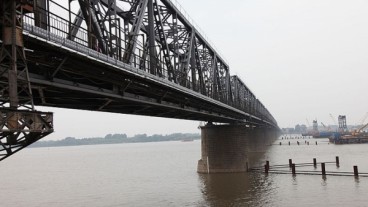
Russia-China first railway bridge near completion
Mar, 20, 2019 | NewsThe 2,200-meter facility will be the first railway bridge to connect the 2 countries. The constru...

The history of the Golden Gate Bridge
Nov, 24, 2023 | EducationThe Golden Gate Bridge opened on May 27, 1937, and has since been standing as a landmark syno...

Connecting Communities and Nature: HS2’s Innovative Green Bridge at Turweston
Nov, 25, 2024 | NewsThe HS2 project has reached an exciting milestone with the construction of a 5,940 sq/m green bridg...
Trending
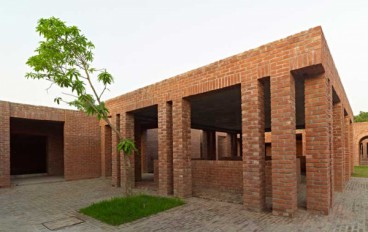
Characteristics of Load Bearing Masonry Construction

Taipei 101’s impressive tuned mass damper

Morocco Implements Landmark Dam Perforation to Combat Water Stress in Marrakech

Dutch greenhouses have revolutionized modern farming
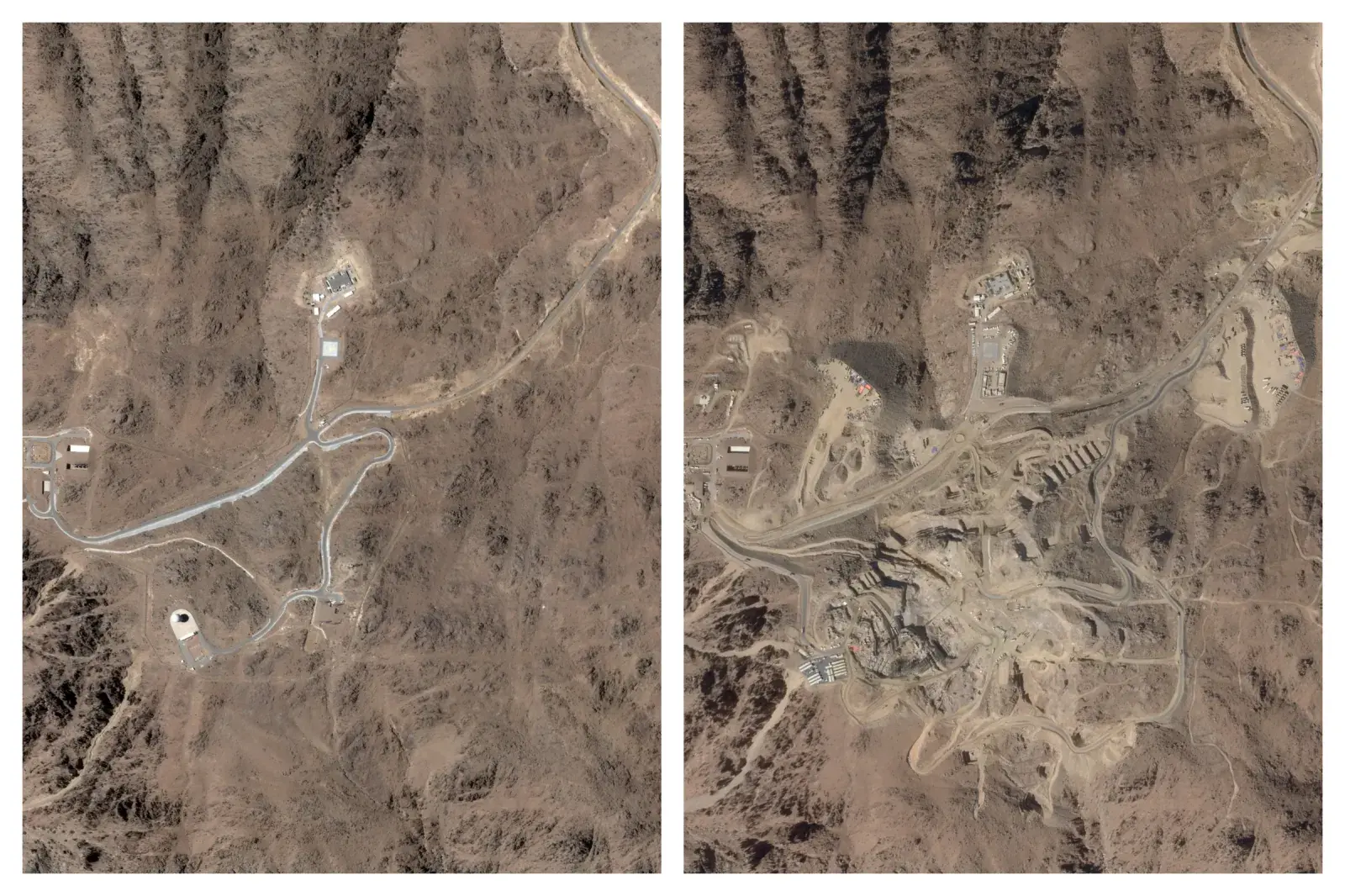
The Line at Neom faces feasibility reassessment while construction continues

The Line at Neom faces feasibility reassessment while construction continues


